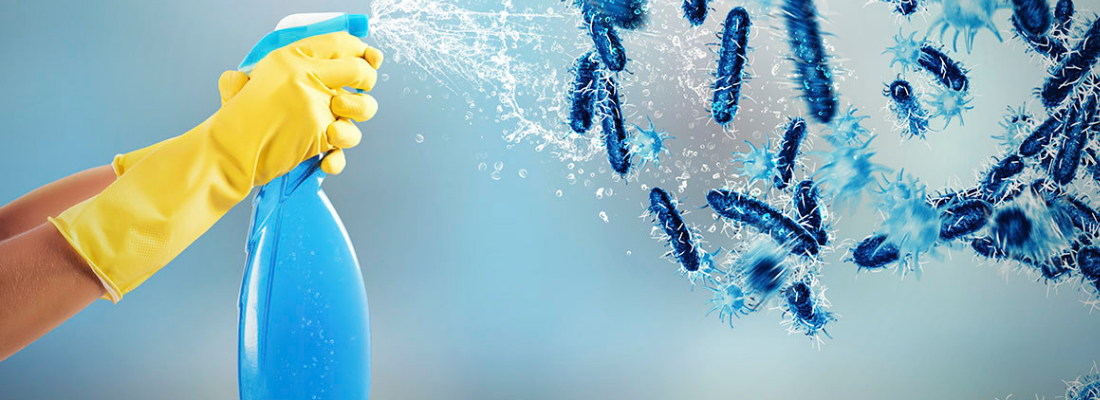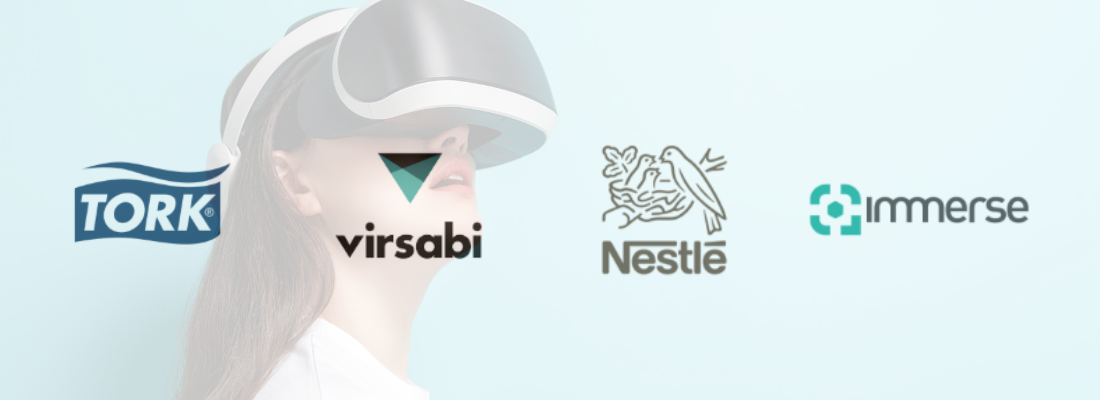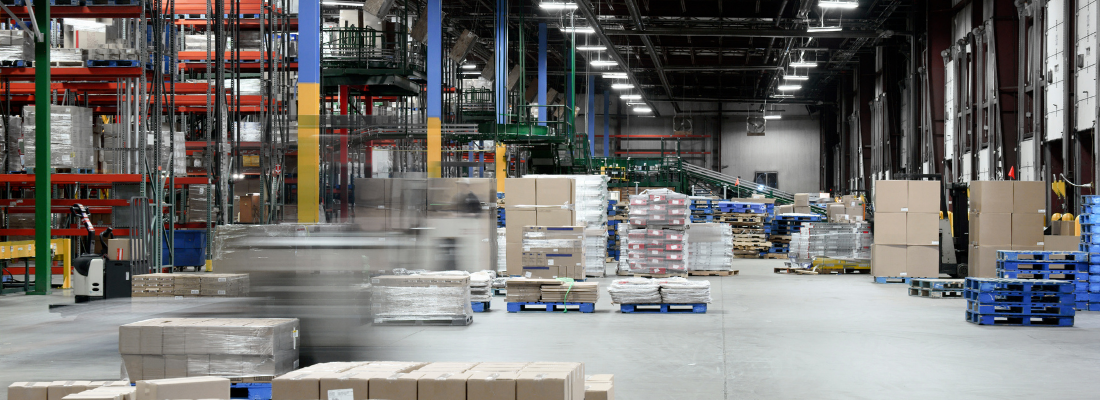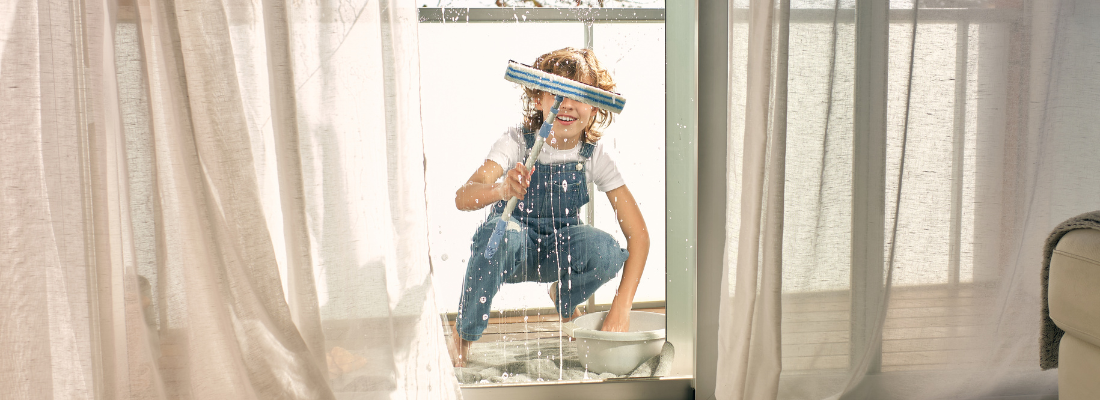Disinfection Cycles and Cleanrooms
In the times of a global virus pandemic such as Covid 19, it is extremely important that disinfection cycles are performed in certain critical environments. A full disinfection cycle involves a process to disinfect air and all surfaces from all harmful pathogens; such as virus, bacteria and superbugs.
A scenario where a full disinfection cycle is critical is in an environment where there can be no risk of contamination, such as a cleanroom. This is a strictly controlled area, typically used in manufacturing processes and scientific research facilities.A cleanroom is specifically designed to control contamination by monitoring the levels of both airborne and surface particles. Clever technology can even monitor liquid levels and even static electricity.
The ISO standard definition of a cleanroom is a "room within which the number concentration of airborne particles is controlled and classified, and which is designed, constructed and operated in a manner to control the introduction, generation and retention of particles inside the room".
Cleanrooms are enclosed spaces inside which the levels of contamination are monitored. Pollutants like chemical vapours, dust and airborne microbes are controlled and reduced. Cleanrooms also enable monitoring of a wide range of environmental aspects and atmospheric conditions. These include air pressure, humidity, moisture and temperature.
Cleanrooms are often used for manufacturing products such as electronics, pharmaceutical products and medical equipment. They are also used as standalone scientific laboratories where contamination must be kept at very strictly controlled levels in order not to pollute a new drug or medicine that is being developed. Different types of cleanroom require different types of disinfection solution.
The structure of cleanrooms can also vary. You can have one that is already part of a permanent building, say a science lab. Or there are modular cleanrooms that can be transported to where they are needed. A modular cleanroom is a freestanding structure that converts an existing facility, such as a portable cabin, into a classified clean environment. A fully scalable solution, it can easily be extended or relocated to adapt to a change in demand.
Cleanrooms are measured by how clean the air is. They can be classified into different levels of contamination. So therefore they rely upon the use of disinfectants to achieve maximum contamination control. Without suitable disinfectants, even the most high-tech cleanrooms with robust hygiene procedures and working practices may eventually fail.
So how are cleanrooms actually kept clean, in order to achieve the strictly non-contaminated environment that they require? As you might expect a cleanroom needs a very strict disinfection cycle. Angstrom Technology, the Cleanroom Experts, say “depending on the industry you’re in, your cleanroom will have a specific layout, ISO rating, and cleanliness standard. Therefore, its cleaning schedule and procedure will also differ.”
Cleaning a cleanroom will ensure longevity and improve efficiency. However, as already discussed, the function of a cleanroom effects the levels of cleanliness needed. For example manufacturing cleanrooms don’t have the same functions and therefore standards as pharmaceutical or laboratory cleanrooms. Those with higher ISO ratings, such as labs, must maintain much higher levels of sanitation in order to reduce the chance of interference of particles and contaminants.
Aside from a rigorous disinfection cycle, contamination prevention must be considered. Everything from the products used in a cleanroom to the staff that use them must be considered in the fight against contamination. Staff must follow proper sanitation techniques before entering a cleanroom. These include thoroughly washing and drying hands, as well as using sterile gloves and gowns that match the ISO standard of the cleanroom in question.
Once the chances of contaminants entering a cleanroom have been mitigated, a strict cleaning procedure must be adhered to. These daily steps can include mopping and vacuuming floors, walls and ceilings; as well as washing windows, wiping down all work areas and putting away products between shifts to prevent further contamination.
Cleanroom specific detergents should be used to mop the floors and other surfaces. Distilled water should be used. HEPA filter vacuums can also be used to trap all allergens in the cleaning process. These vacuums remove tiny particles of dust, mould and bacteria.
These steps are just the basics that need to be followed to keep a cleanroom to standard but specific cleanrooms may have specialised cleaning requirements in addition to these steps, which we will explore in another blog.
If cleanroom users follow essential cleaning procedures and those specific to their type of cleanroom, ensuring they keep these cleaning procedures in place at all times, they can enhance a cleanroom’s ability to serve its purpose for many years.
To find out more about the specific cleaning technologies used to keep cleanrooms functioning visit Interclean, the leading International commercial cleaning trade show. The latest developments in cleanroom technology will be showcased at The RAI, Amsterdam from the 10th to the 13th of May 2022.
To read more about Interclean, the world’s most advanced cleaning and hygiene show, visit: https://www.intercleanshow.com/amsterdam/


.png?h=400&iar=0&w=1100)





